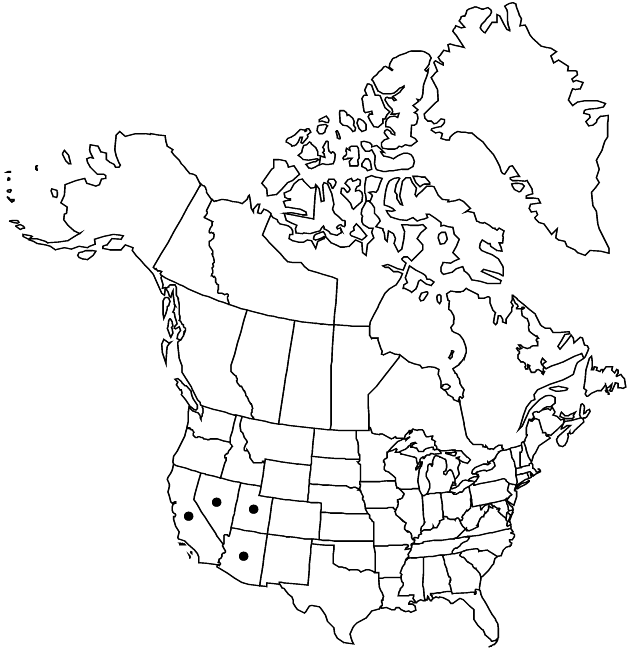Malacothrix coulteri
Mem. Amer. Acad. Arts Sci., n. s. 4: 113. 1849.
Annuals, 10–60 cm. Stems 1–6, ascending or erect, simple or branched proximally and distally, glaucous or glabrous. Cauline leaves: proximal linear to obovate, sometimes pinnately lobed, not fleshy, ultimate margins entire or dentate, faces glabrous; distal reduced (ovate to lanceolate, rarely pinnately lobed, bases clasping). Calyculi 0. Involucres hemispheric, 10–22+ × 6–22+ mm. Phyllaries (25–) 40–60+ in 4–6+ series, (midstripes usually reddish or purple) orbiculate to ovate, oblong, lance-oblong, or linear, unequal, hyaline margins 1–2.5 mm wide, faces glabrous. Receptacles densely bristly. Florets 85–257; corollas usually pale-yellow, sometimes white, 8–12 mm; outer ligules exserted 2–5 mm. Cypselae ± prismatic, 1.6–3.2 mm, ribs extending beyond apices, 5 more prominent than others; persistent pappi of 20–25+, blunt teeth plus 2–6 bristles. Pollen 70–100% 3-porate. 2n = 14.
Phenology: Flowering Mar–May.
Habitat: Sandy, open areas in coastal sage, grasslands, deserts
Elevation: 100–1800 m
Distribution

Introduced; Ariz., Calif., Nev., Utah, South America (Argentina), South America (Chile)
Discussion
Variety cognata, indistinguishable in floral characters from var. coulteri and differing in cauline leaves parted almost to midribs, occurs at some mainland sites in southern California and has been collected on the Channel Islands. In California, Malacothrix coulteri grows in the San Joaquin Valley, central western areas, western Transverse Ranges, Peninsular Ranges, and Mojave Desert. In Arizona, it grows in the Sonoran Desert in the Santa Rita and Tucson mountains, and similar places.
Selected References
None.
Lower Taxa
"fine" is not a number."]" is not declared as a valid unit of measurement for this property.